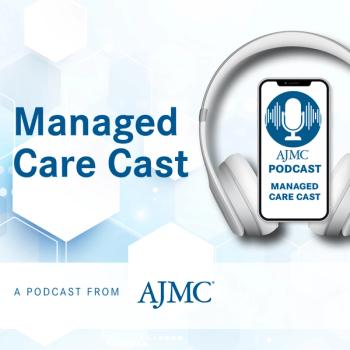
Dr Elisabet Manasanch Speaks on Checking for MRD After Treatment for Multiple Myeloma
Following the International Myeloma Working Group criteria, we usually check for minimal residual disease when the patient has reached a complete remission or is very close to complete remission, said Elisabet Manasanch, MD, assistant professor in the Department of Lymphoma/Myeloma and Division of Cancer Medicine at The University of Texas MD Anderson Cancer Center.
Following the International Myeloma Working Group criteria, we usually check for minimal residual disease when the patient has reached a complete remission or is very close to complete remission, said Elisabet Manasanch, MD, assistant professor in the Department of Lymphoma/Myeloma and Division of Cancer Medicine at The University of Texas MD Anderson Cancer Center.
Transcript
At what point after treatment should patients with multiple myeloma have an MRD assessment?
Well, usually we check for minimal residual disease when the patient has reached a complete remission or is very close to complete remission. So, right now the International Myeloma Working Group criteria say that you would check for this when the patients have complete remission, and you can do this by flow cytometry or sequencing—whatever is available at your institution. You don't have to choose 1 over the other. You do have to be aware of the sensitivity of the assay–there are different sensitivities depending on the number of cells that you analyze from the bone marrow. So, that's basically what you need to know.
Now if the patient is MRD negative, you may want to recheck that. There is a category in the response which is sustained MRD negativity, which does say that at 1-year intervals, the patient remains negative. So, if you want to do the assessment once the patient has reached the complete remission, and if the patient is negative, you want to check again maybe in a year. If the patient is still negative after 1 or 2 years, you can say that the patient is in the sustained minimal residual disease negative zone category in the response criteria for multiple myeloma.
Newsletter
Stay ahead of policy, cost, and value—subscribe to AJMC for expert insights at the intersection of clinical care and health economics.









































